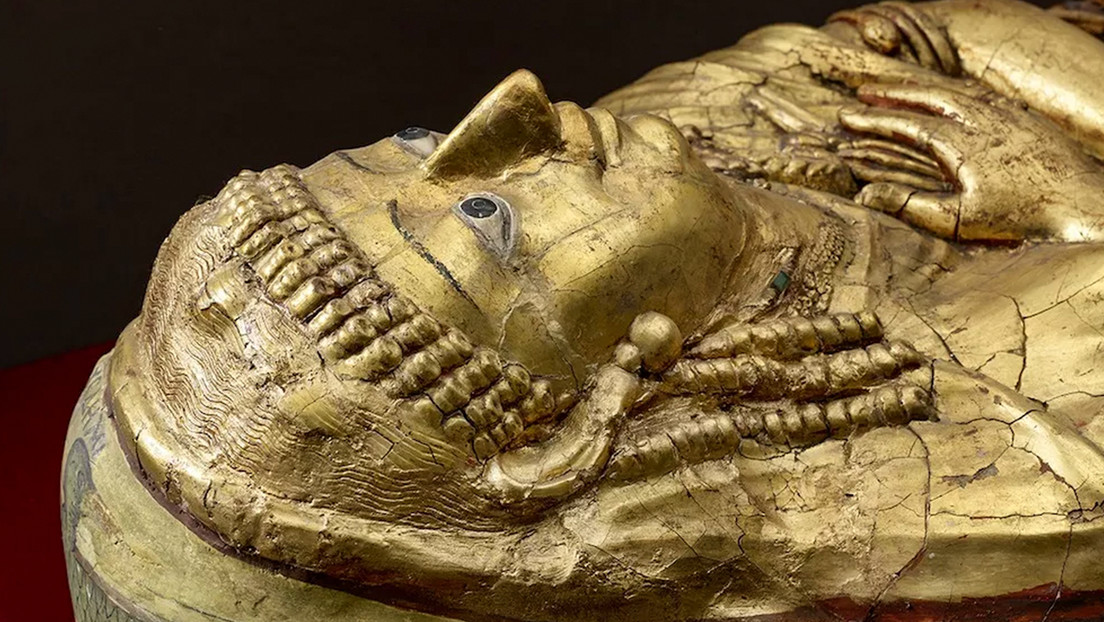
For a long time it was believed that the inhabitants of Ancient Egypt mummified the bodies of the dead to preserve them, but this belief turns out to be wrong, reports Live Science.
The complex burial technique was actually a way of guiding the deceased towards divinity, explains Campbell Price of the University of Manchester Museum (United Kingdom), on the eve of the Gold Mummies of Egypt exhibition, organized by the own museum. Funeral masks and sarcophagi that were used in burials will be exhibited at the event and offer further evidence of the purpose of mummification.
According to Price, the misconception regarding the purpose of mummification arose in the Victorian era, in the 19th century.
In the scientist's opinion, Victorian researchers erroneously determined that what the Egyptians did with the bodies was the same as what was done with the fish, that is, keeping them to eat in the future, since both processes involved the use of salt.
"The idea of preserving fish is to eat it in the future," Price explained to Live Science. "And they assumed that what was done to the human body was the same treatment [that was applied] to the fish," he added.
However, the salty substance used in Egyptian mummification differed from the salt used to preserve fish. Known as natron, it is a natural mixture of sodium carbonate, sodium bicarbonate, sodium chloride, and sodium sulfate, which was abundant in the lakebeds near the Nile and was the key ingredient in mummification.
"We also know that natron was used in temple rituals [and applied] to statues of the gods," Price said.
For the scientist, incense is another element that can be associated with mummies, as it also used to be given to the gods.
"You have to look at frankincense and myrrh: they appear in the Christian story of Jesus and were gifts from the Magi," he said, adding that ancient Egyptian history also found that these were appropriate gifts to the gods.
"It is appropriate to burn incense in a temple because it is the house of a god and it makes the space divine. But when you use incense resins on the body, you are divinizing the body and making it a divine being. Not necessarily is conserving," he explained.
On the other hand, 19th century archaeologists, like the ancient Egyptians, believed that the deceased would need his body in another world, adding further credibility to the erroneous theory.
The removal of organs has "a deeper meaning. Basically it is about turning the body into a divine statue because the dead person has been transformed," he concluded. (Text and photo: RT in Spanish)